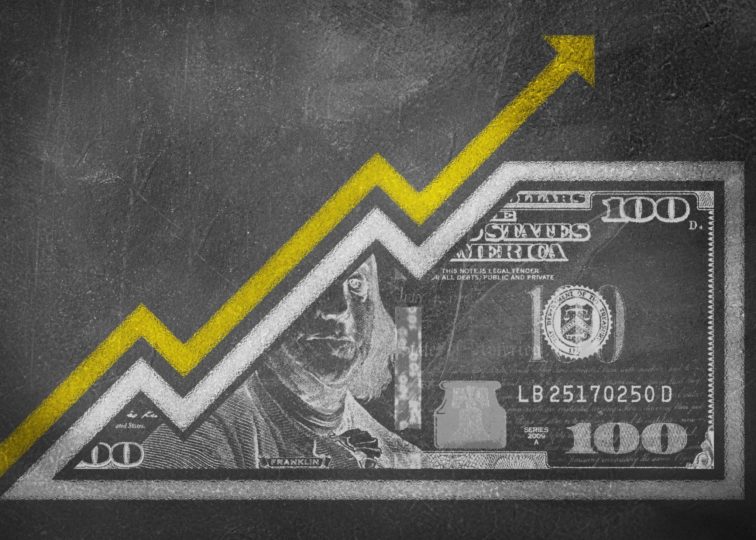
Blog
“Core” Inflation Eased to Lowest Level Since 2021 in April
May 15, 2024
Inflation eased slightly in April, providing some relief to consumers and giving traders increased optimism about the Federal Reserve cutting interest rates this summer.
The consumer price index (CPI), a broad measure of the prices for goods and services, increased 0.3% in April from the month prior, according to the Labor Department’s Bureau of Labor Statistics. That was slightly lower than the 0.4% that economists polled by Dow Jones had expected. On a year-over-year basis, CPI was up 3.4%, in line with expectations.
The key “core” inflation reading, which strips out volatile components like food and energy and is considered to be a better predictor of inflationary pressure, was up 0.3% for the month and up 3.6% on an annual basis. Both figures were in line with Wall Street forecasts. The annual “core” inflation rate was the lowest since April 2021 and the monthly increase was the lowest since December.
The month’s price gains were driven primarily by increases in the shelter and energy components. Shelter costs, which have been a particular challenge for the Fed, increased 0.4% for the month and were up 5.5% from a year earlier. Fed policymakers had expected shelter inflation to come down throughout the year as the CPI housing prices, which lag behind the market, caught up to more real-time data that has shown a significant slowdown in housing inflation.
Despite the slowdown, the pace of inflation is increasing faster than wages, further stretching American households’ budgets. When adjusted for inflation, earnings were down 0.2% for the month and up only 0.5% annually.
The report came as welcome news to traders and pushed the stock market higher, as it further clears the way for the Fed to begin cutting interest rates. Since July, the Fed has held rates steady at the highest level in more than 20 years. Policymakers have said in recent weeks that they need more evidence that inflation is trending back toward their 2% target before cutting rates. To financial markets, that means the Fed likely will wait out the summer for better inflation data, with an initial rate cut likely coming in September.
